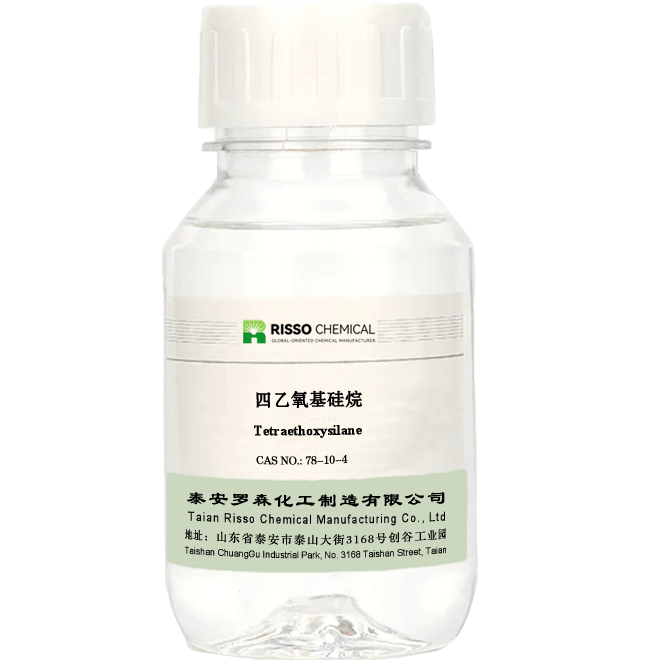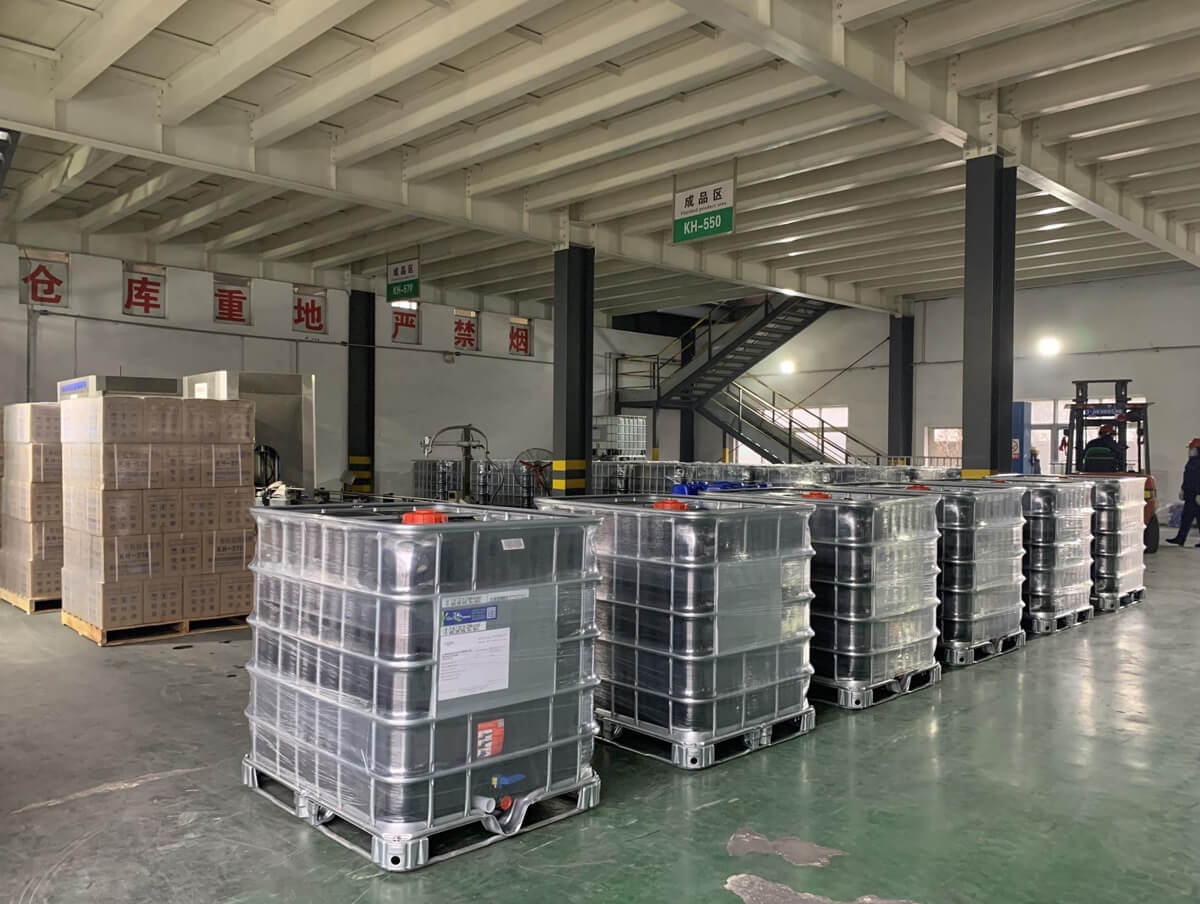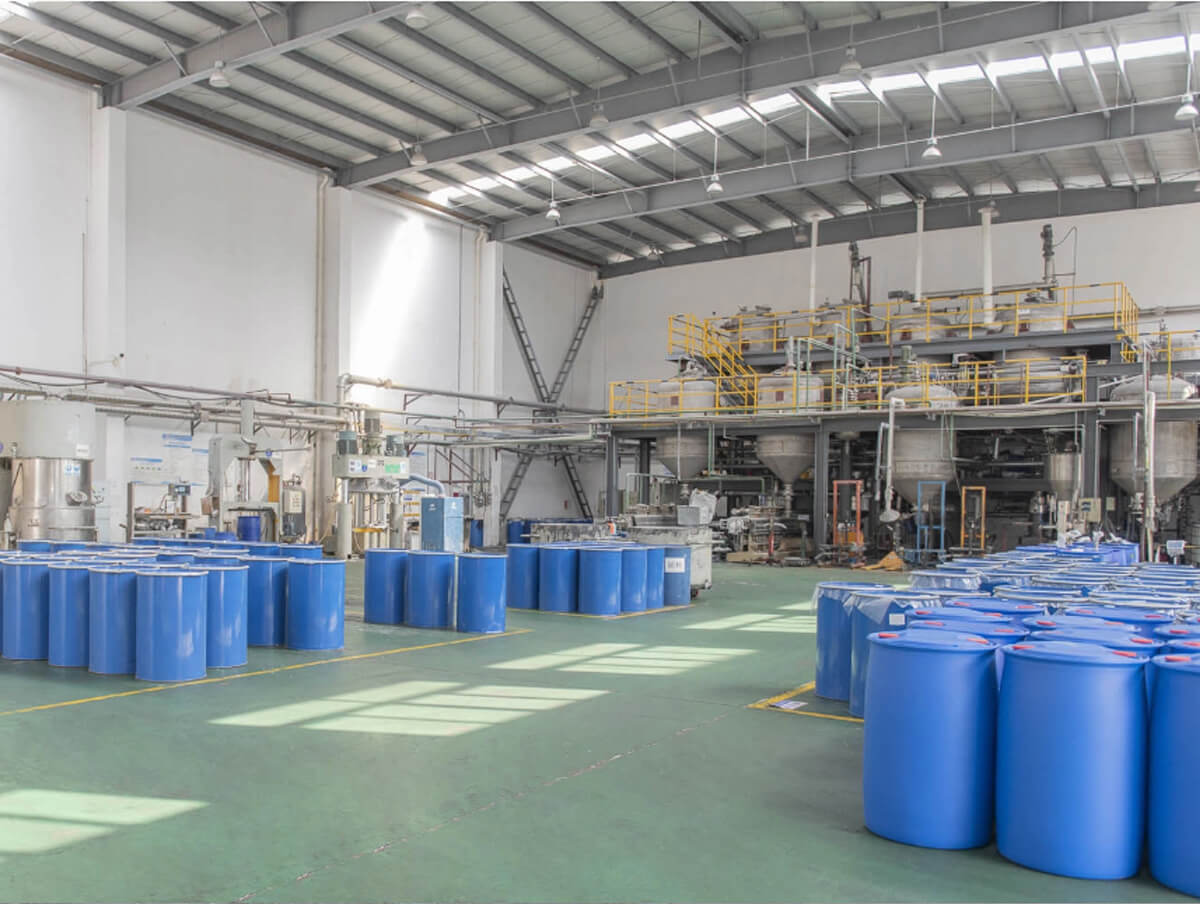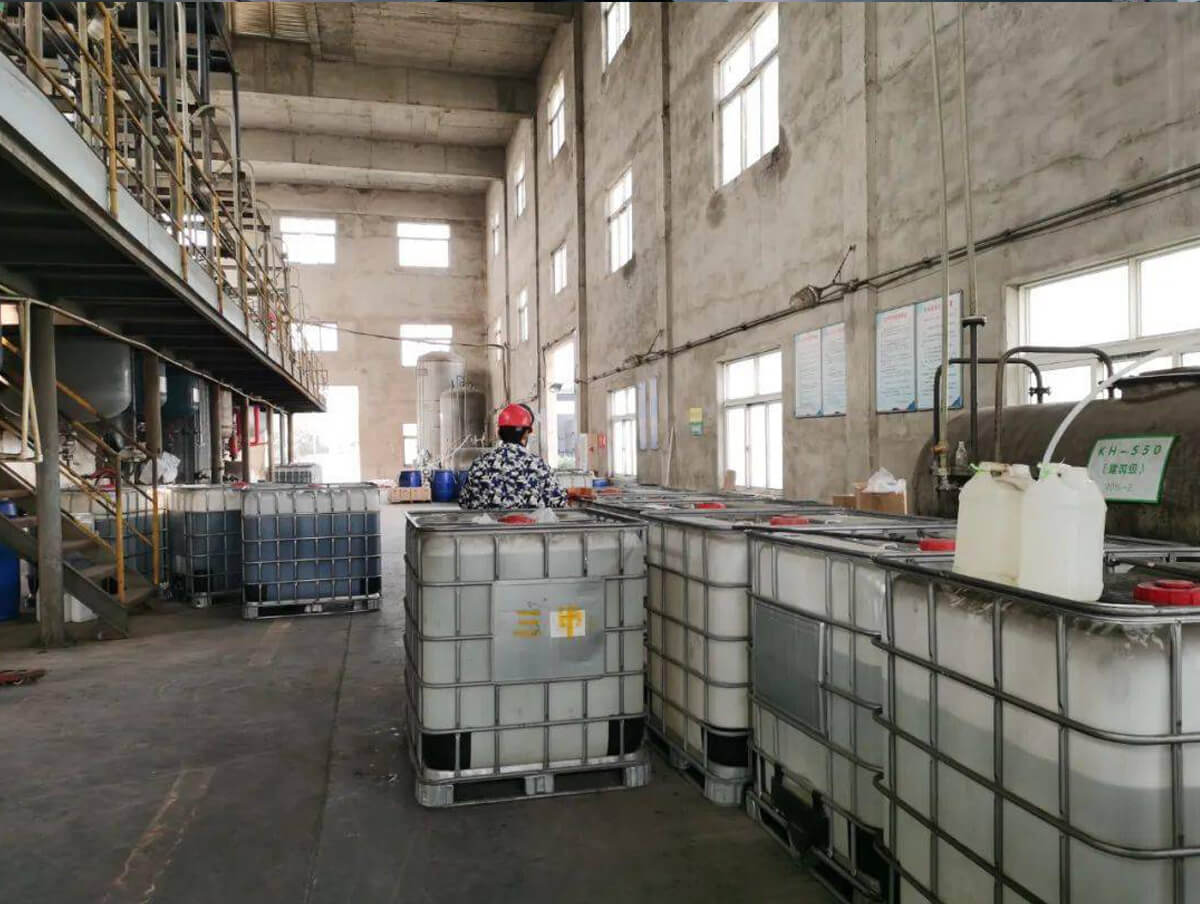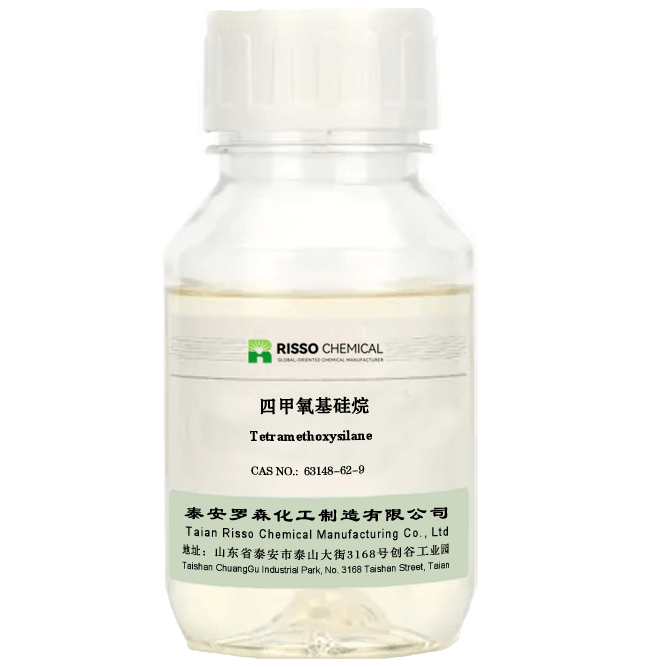
Tetramethoxysilane
| Chemical Name: | Tetramethoxysilane |
| Product Category: | Orthosilicate | Silane Products |
| Structural Formula: | 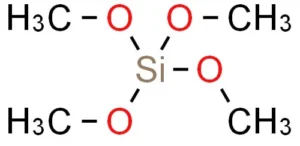 |
| CAS No.: | 681-84-5 |
| EINECS: | 211-656-4 |
| Structural Formula: | Si(OCH3)4 |
| Molecular Formula: | C4H12O4Si |
| Molecular Weight: | 152.22 |
Tetramethoxysilane Description
Tetramethoxysilane (CAS 681-84-5) is a colorless, transparent liquid with a special odor. CAS 681-84-5 silane can be used as insulating materials in the electronics industry, optical glass processing agents and adhesives, and synthesis of organic silicon.
| Chemical name | Tetramethoxysilane |
| Density | 1.0±0.1 g/cm3 |
| Boiling Point | 121.2±8.0 °C at 760 mmHg |
| Melting Point | −4 °C(lit.) |
| Flash Point | 28.9±0.0 °C |
| Exact Mass | 152.050491 |
| Psas | 36.92000 |
| Logp | 2.97 |
| Appearance Traits | colorless liquid |
| Steam Density | 5.25 (vs air) |
| Vapor Pressure | 17.7±0.2 mmHg at 25°C |
| Refractive Index | 1.382 |
| Packaging |
|
| Sample |
|
| Inventory items |
|
| Price |
|
Oxysilane Related Products
Packaging Specifications


Jessica G.
Get in touch to Get
- Quick and helpful reply within 8 hours;
- Tailored solutions provided for your project;
- One-stop purchasing service.
Tetramethoxysilane : Guide
Tetramethoxysilane is a commonly used organosilicon compound that can be obtained through hydrolysis reaction to obtain dimethoxysilanols. Si(OCH3)4 is usually used as the starting material for the synthesis of silicone (siloxane). Silicone is a polymer with silicon-oxygen bonds (Si-O) that is widely used in coatings, sealants, adhesives and materials science. As one of the precursors for silicone synthesis, TMOS can participate in the polymerization reaction of silicone and be used to prepare silicone materials with specific properties.
It should be noted that TMOS is a highly reactive silicon-based organic compound that hydrolyzes quickly, so it needs to be handled carefully when used to avoid contact with moisture and moisture to ensure that the synthesized or prepared materials have the required properties.
It should be noted that TMOS is a highly reactive silicon-based organic compound that hydrolyzes quickly, so it needs to be handled carefully when used to avoid contact with moisture and moisture to ensure that the synthesized or prepared materials have the required properties.

